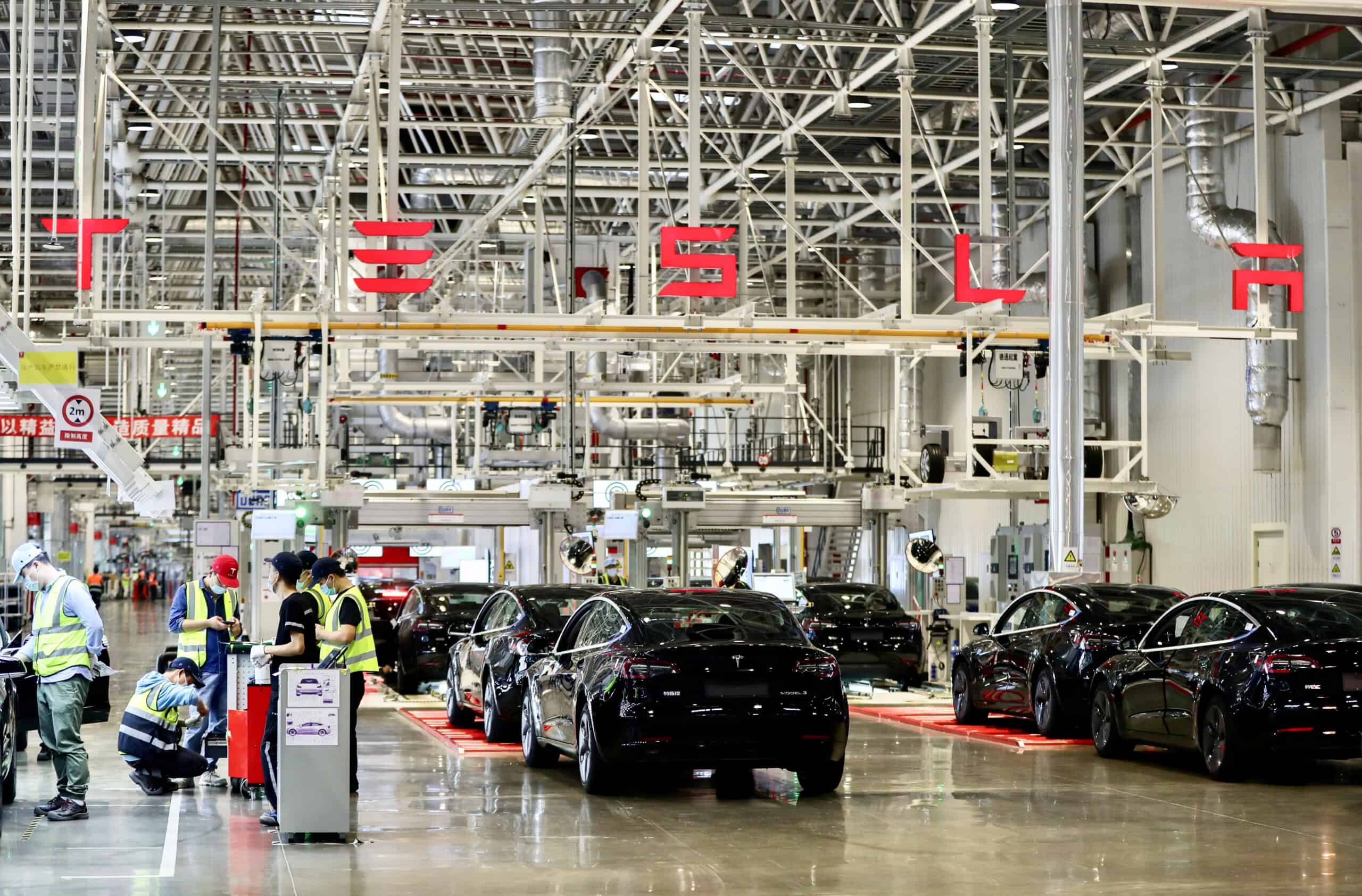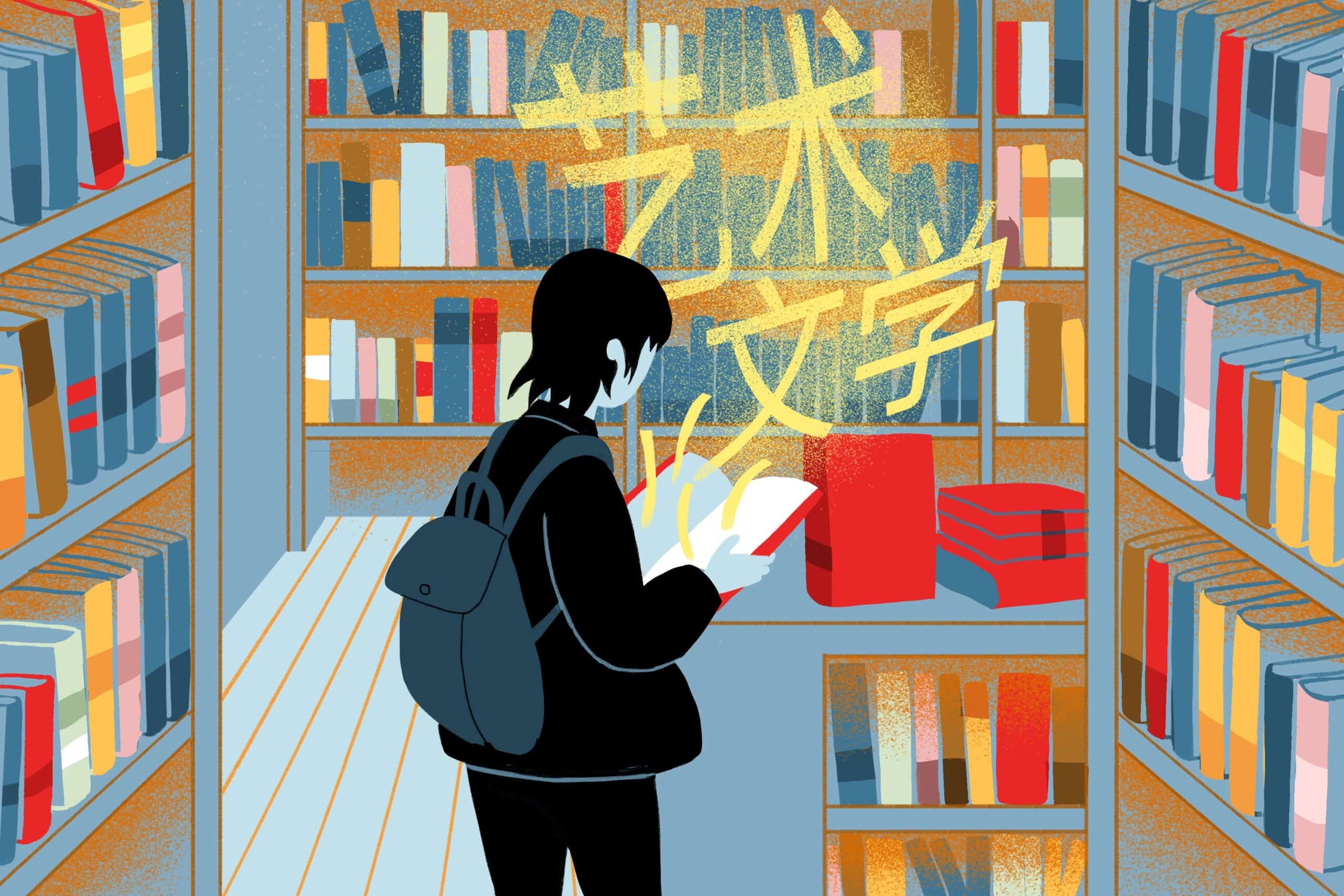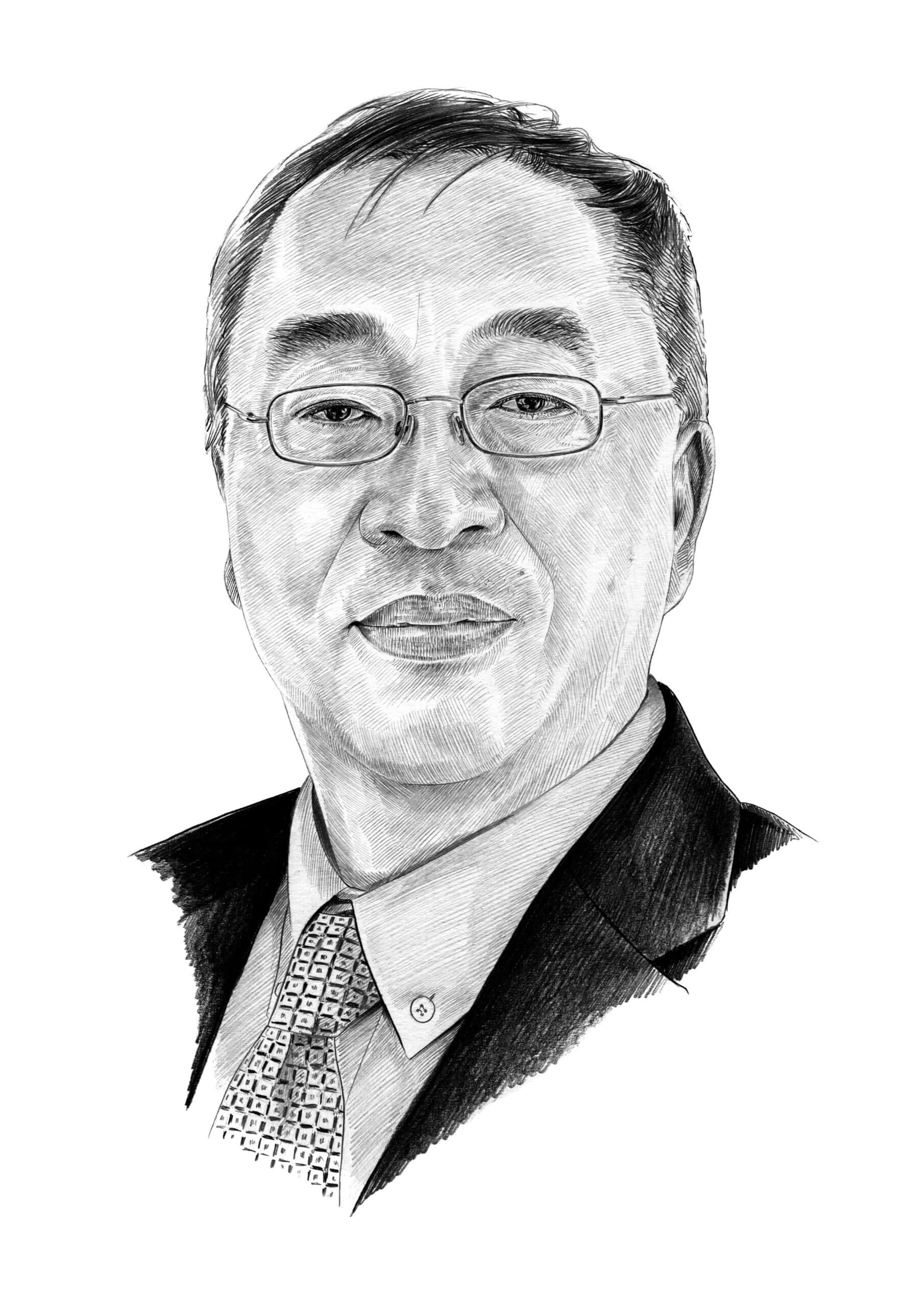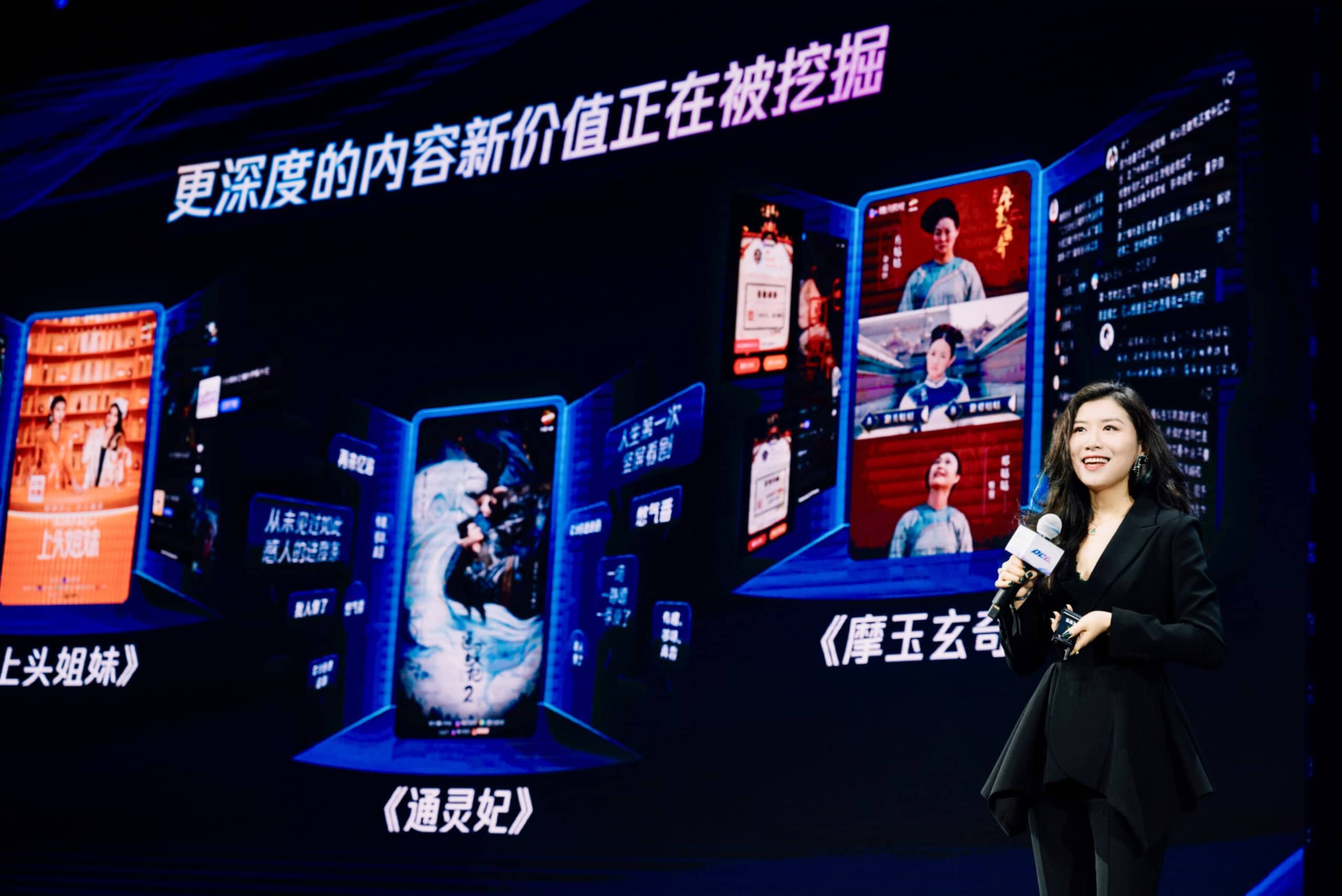
In an industrial area just north of Hangzhou Bay, Tesla builds more cars than it does anywhere else in the world. The Shanghai “gigafactory,” as the company calls it, can produce almost 1 million cars annually. But while Tesla’s China presence is well established, less understood is the web of suppliers that have kept production there humming since the gigafactory opened in 2019.
A segment from a CGTN video covering Tesla’s Shanghai “gigafactory” and the “localized” supply chain, November 8, 2023. Credit: CGTN
Using information found in corporate filings, company announcements, press releases, and equity research reports, WireScreen has put together a list of 84 companies that have supplied key components to Tesla’s China business either directly or through intermediaries over the past few years. While there is no evidence that Tesla violated any U.S. law or sanction effort, companies in Tesla’s China supply chain are not without risk. They have, over the years, been contractors for China’s military, have been sanctioned by the U.S., and have had ties to the Chinese Communist Party.
Tesla likely relies on far more suppliers than those WireScreen could confirm. In late November, state media reported that Tesla has more than 400 local suppliers, 60 of which have also entered its global supply chain. Two days later, Grace Tao, the company’s head of China external affairs, confirmed on Weibo that Tesla sources 95 percent of components at the Shanghai gigafactory locally.
Tesla’s China supply chain matters since the company has exported around one-third of the cars it has produced in Shanghai, according to its most recent quarterly report. In a filing last year, Tesla said the factory was its “main export hub.” Most of those exports go to other Asian countries as well as Europe and Latin America.
Unlike other Western carmakers such as General Motors and Volkswagen, Tesla has not formed a joint venture with a state-owned Chinese vehicle company. Analysts note that this independence from JVs should give Tesla greater control over its China supply chain.
The chart below, however, demonstrates how many of Tesla’s suppliers have ties that Washington could view as concerning.

The Xinjiang Tianye Case Study
Xinjiang Tianye, a Shihezi-based chemicals producer, demonstrates the legal and regulatory risk Tesla is exposed to via its China-based supply chain.

The company makes ethylene glycol, a battery coolant ingredient that ended up in Tesla China’s 2022 Model 3 cars, according to research firm Marklines.
But WireScreen shows that Xinjiang Tianye is 52.3 percent beneficially owned by the Xinjiang Production and Construction Corps (XPCC), a state-owned group that the U.S. Treasury Department sanctioned in 2020 for its connection to “serious human rights abuse against ethnic minorities in Xinjiang.”
The sanctions prohibit U.S. people and companies from transacting with majority-owned XPCC subsidiaries unless explicitly authorized by Treasury’s Office of Foreign Assets Control (OFAC). The office’s so-called 50 percent rule, established in 2008 and revised in 2014, automatically prohibits unauthorized transactions with firms that are at least half-owned by sanctioned people and entities. OFAC can also prohibit the purchase of goods originally made by a sanctioned entity throughout a supply chain, even if they are sold by an intermediary or as a component in another product.
As a result, blocked property is “generally like a drop of venom that does not get diluted,” says Michael Parker, a former OFAC sanctions investigator and federal prosecutor who is now a partner at law firm Arktouros.
It is unclear when Tesla made purchases from Xinjiang Tianye or if Tesla still uses its products in its China-made cars; it is also unclear if Tesla purchased the product directly from Xinjiang Tianye or through an intermediary. Tesla did not respond to requests for comment on this and other details in this story.
Foreign subsidiaries of U.S. companies are not explicitly subject to the sanctions that target XPCC. However, the law covers foreign subsidiaries if they use U.S. technology. (Tesla, which is headquartered in the United States, develops its software in house.) And if American managers sign off on foreign subsidiary contracts with sanctioned firms, they too could be in violation.
The risk of forced labor in Xinjiang means car companies should disengage from any supplier operating in the region, or they risk complicity.
Jim Wormington, a senior researcher at Human Rights Watch
A spokesperson for OFAC declined to comment on this case because the office does not speak about specific companies or transactions.

Xinjiang Tianye has made no secret of its subsidiary relationship with XPCC. It has referred to the group’s eighth division — XPCC is organized into 14 divisions — as its “actual controller” in every annual report since OFAC imposed sanctions. The company’s largest shareholder, Xinjiang Tianye (Group) Company Limited, says on its English-language website that it was established in 1996 as a “large state-owned enterprises [sic] in the Eighth Division of XJPCC [sic].”
In 2021, 2022, and 2023, according to annual reports and WireScreen, entities that are now beneficially owned by XPCC combined to hold more than half of Xinjiang Tianye. (WireScreen calculated beneficial ownership through filings with state agencies, exchanges and company statements.)
Xinjiang Tianye did not respond to requests for comment.

Determining whether a company is covered by OFAC’s 50 percent rule can be onerous, but it is the U.S. entity’s responsibility to ensure they are not doing business with a blocked person or company, experts say.

Adam Hensel-Briscoe, a former OFAC lawyer who is now a principal at law firm Squire Patton Boggs, compares complying with the strict liability nature of the 50 percent rule to driving on a road with an unclear speed limit. “You’re guilty whether you knew you were speeding or not,” he says.
Historically, penalties for violating OFAC sanctions have ranged from the thousands of dollars to to the hundreds of millions. Last month, the German firm Aiotec GmbH settled with OFAC on a $14.6 million fine for alleged violations of U.S. sanctions on Iran.
The Xinjiang ‘Red Flag’
Sanctions aside, analysts say publicized ties to XPCC alone should be enough to prevent any company from sourcing goods made by Xinjiang Tianye, directly or indirectly. “A link to the XPCC is a big red flag for forced labor in Xinjiang,” says Jim Wormington, a senior researcher at Human Rights Watch.
“Automakers don’t know enough about their supply-chain connections to the Uyghur region,” he adds. “The risk of forced labor in Xinjiang means car companies should disengage from any supplier operating in the region, or they risk complicity.”
China has repeatedly denied allegations of forced labor in Xinjiang.
Founded in the 1950s by one of Communist Party Chairman Mao Zedong’s generals, the XPCC’s original purpose was to populate Xinjiang, which is home to Uyghurs and other Muslim minorities, with Han Chinese. Today, XPCC “functions as a regional government, a paramilitary organization, a bureau of prisons, and one of the world’s largest state-run corporate enterprises,” according to the U.S. Department of Labor’s Bureau of International Labor Affairs.
The U.S. government has explicitly cautioned American companies against doing business with XPCC. In a 2021 business advisory, six federal agencies warned that dealings with “any XPCC affiliates” contained “warning signs of forced labor.”
Meanwhile, Tesla and other carmakers have long faced criticism for their presences in Xinjiang. A December 2022 report by researchers at the United Kingdom’s Sheffield Hallam University determined that any car purchased in the previous five years had parts “likely made by Uyghurs and others forced to work in China.”
Tesla still has a subsidiary in the region’s capital, Tesla Automobile Sales and Service (Urumqi) Co. Ltd., according to its most recent annual report.

Noah Berman is a staff writer for The Wire based in New York. He previously wrote about economics and technology at the Council on Foreign Relations. His work has appeared in the Boston Globe and PBS News. He graduated from Georgetown University.






